Welcome to the first post of 2021. In the last 11 years, I have been writing about the depth and breadth of Indian jewellery. Many readers of this blog must have wondered how and why Indians wear so much jewellery. We actually wear very little compared to what our Gods and Goddess wear. But then, why do Hindu Gods and goddesses wear jewellery? What purpose did it serve to put Gods in Jewellery or Jewellery on Gods? Let me try and explain in this rather philosophical and religious post.

Hindu Gods and Goddesses, including folk deities are decked head to toe. More so in temples of Southern India. I have often wondered if there is a theory regarding the Adornment in Hinduism. Therefore, I went looking for answers. But before we get into why Hindu Gods wear jewellery we need to understand the context of a temple and what the icons represent.
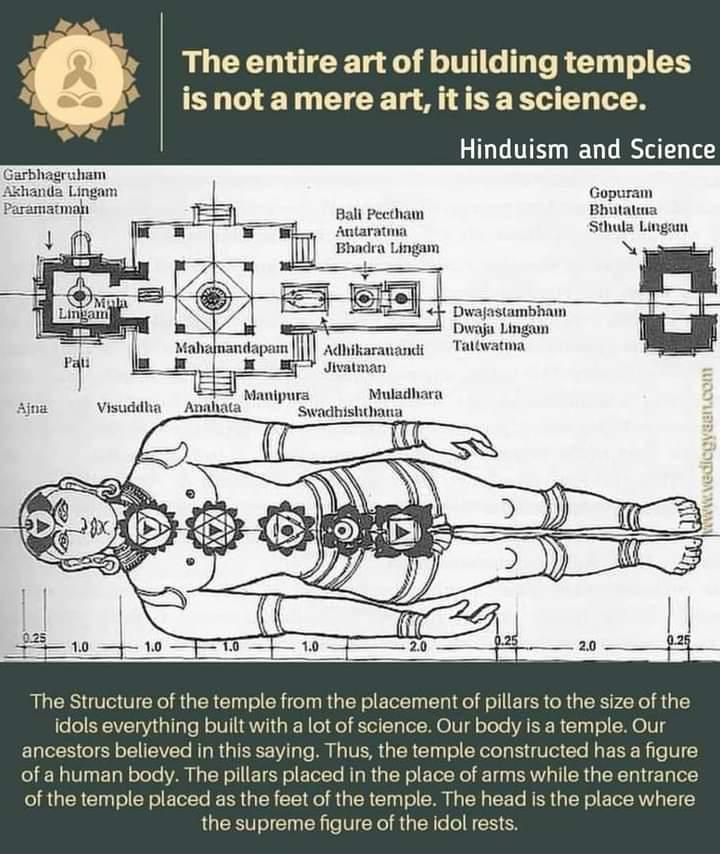
What does a Hindu temple represent
A Hindu temple is a miniature model of the macro-cosmos. The central structure symbolises the center of the universe, the mythical Mt. Meru. Regardless of how the outer architecture looks like, there is a similarity between most Hindu temples with regards to the arrangement of space, both physical and meta-physical. As one moves from outside halls and corridor to the inner sanctum one goes through a journey of self reflection. The Sanctum is referred to as the Garbhagraha – meaning inside the womb. This is where the main deity or Moolavar is set up. In the courtyard you have a pillar symbolising a conceptual line linking the physical and mythical plane. During festivals and celebrations, this pillar is also used as a Dwajastamb (flag pole) from which hangs a flag or banner. Such flag poles are common in Churches across India as well.
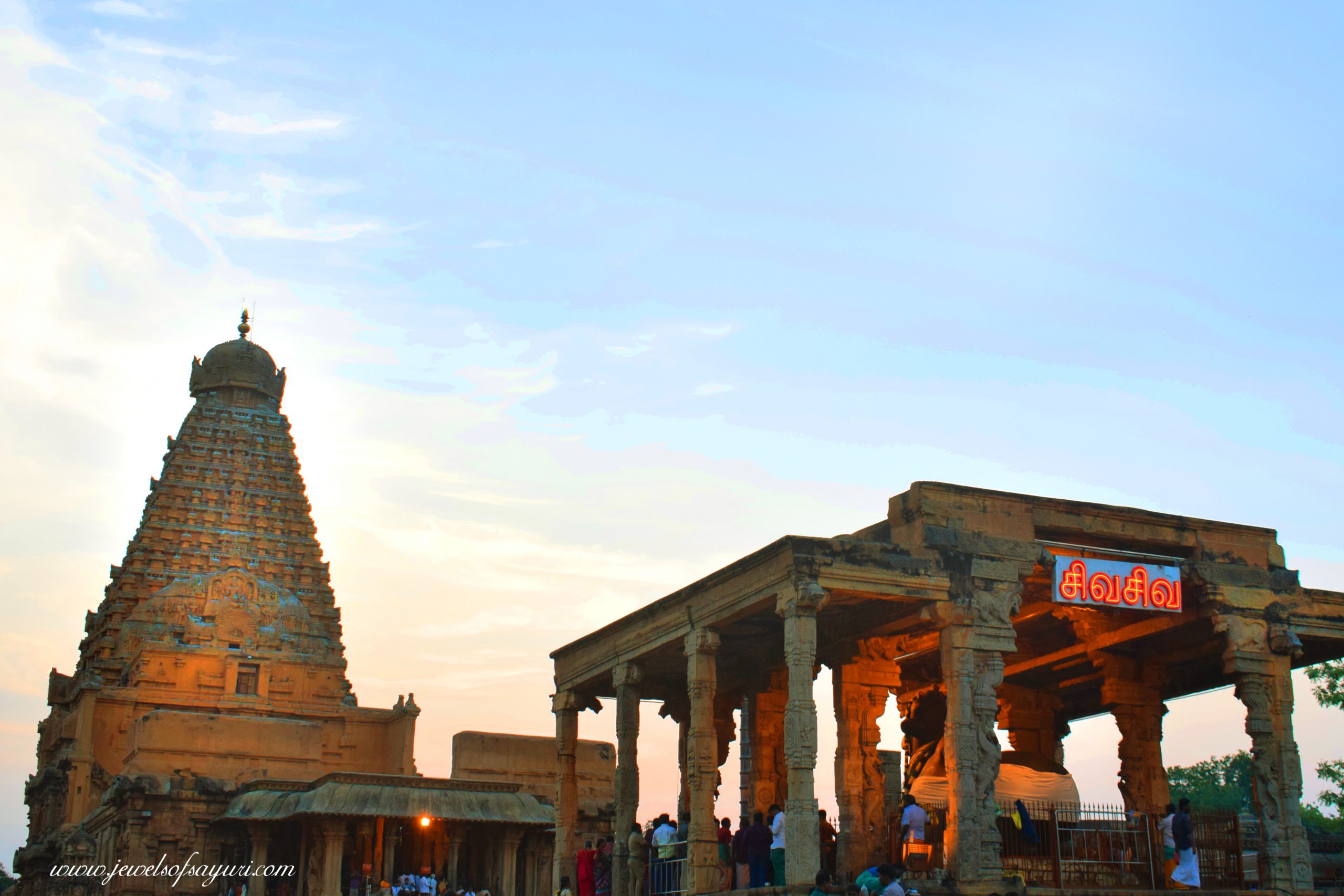
What does the main deity represent?
The main deity is often image of a God or Goddess as a 3D scultpure. It represents the primodial man, first man or cosmic being. Concept of gender does not apply when I say “man”. The image is a “murti or form” which through consecration becomes a “vigraha or deity.” The energy is drawn from the energies of the worshipers who also draw the same amount of energy, if not more, from the form. Hence to replenish, this energy a routine ritualistic worship occurs.
The rituals are done at specific times of the day to recreate the energy of the Macro cosmos. The idol, if made of stone or metal is washed, dried, dressed and adorned in a particular way with cloth, jewellery and flowers. Perfuming substances are applied and the idol is garlanded. Furthermore, food and water is offered. Chants and bell chimes follow. The offerings are symbolic and sensorial. While the word Dharshan implies sight, we worship using all six senses.
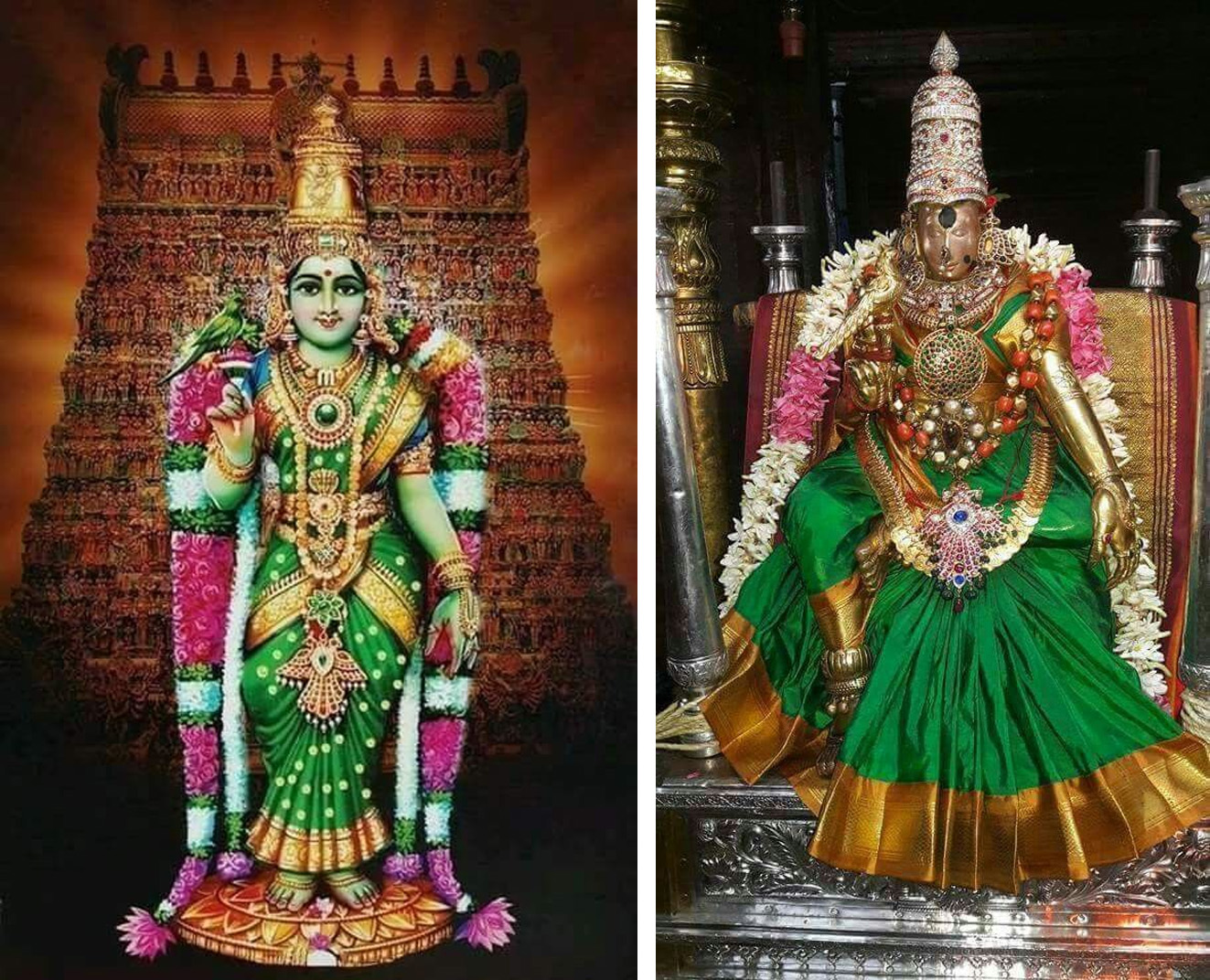
The concept of Adornment in Hinduism – Why do Hindu Gods wear jewellery
Through adornment – using jewellery, garlands, perfuming substances, textiles, the image, icon or idol, is transformed into a deity. The form is no longer just an object; it becomes the living embodiment of the divine. The “Alamkara or adornment” is not a decoration. The Shringara (beautification) is intrinsic to the conception of the being and persona. While wearing jewellery maybe considered mundane or even frivolous in the secular world, here it is important to the creation on an enlivened image.
While Deities may be adorned with any jewellery offered by patrons and devotees, certain motifs, forms and types of ornaments have a deeper meaning. For Instance, Vishnu or Krishna deities are adorned with a pendant or focal with the image of Goddess Lakshmi at the chest level. This indicates Lakshmi residing in the chest of Vishnu. The invisible or the intended becomes visible through such an act.
Images Courtesy – Sri Rengavilasam via Audinam
Where does the jewellery come from
Most of the ornaments are donated by devotees, including Kings and Queens of the yore. Very rarely the jewellery is commissioned by Temple trusts. What we see at the present is a tiny fraction of what was given. Most of it has been plundered from temples initially by Sultans and then later by European colonisers. Yes, it is wonderful to look at similar objects in museums and private collections across the world. However, it makes me sad and really angry that these precious objects have been displaced from their home and now seen out of context.
Not all donated jewellery adorn deities. Those lacking in quality would be melted down and recast into specific ornaments for temple use. Furthermore, items may be displayed a few times on the deity as they would have been donated by important patrons and later auctioned off along with clothing and garlands. As items used to adorn the deities have prasadi (sanctity) they are prasadam (blessing) and fetch a higher than market value at auctions. These would be bought by those praying for a wedding, construction of a house or for prosperity. Such jewellery could also be bought by those men trying to court beautiful women by presenting them with “jewellery worn by the Gods.”
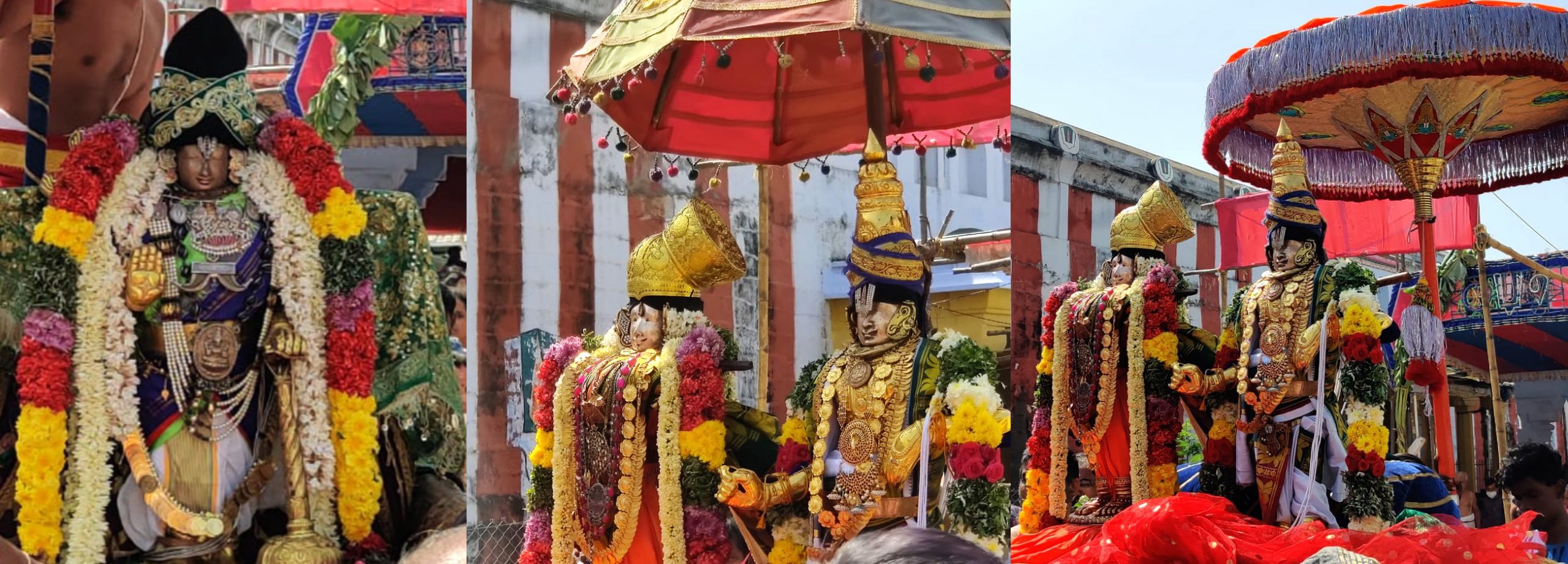
Why worship bejewelled deities
When we worship adorned deities, we worship both the physical as well as the sublime form. It is noticing the abundance that surrounds us. Seeing gem encrusted divine forms is called Ratnadarshana (Ratna = gems, darshana =knowing by seeing). There is a sense of pleasantness, even happiness in seeing a beautifully dressed form. Seeing/perceiving such a form is believed to generate prosperity and both material and spiritual wealth for the viewer.
The Socio-Political and economic aspect of divine adornment
This article sparked a conversation on my Facebook profile on the socio-political and economic aspect of adornment. Graphic designer Satwik Gade pointed out that economic centres have to “look wealthy.” Parading dressed up deities assured the viewers of continued prosperity of their community and their ability to take on capital intensive projects. I found a parallel to this in Venice at the Doge’s Palace where the throne room mural depicts the trade commodities of the day using a religious theme. Temples were setup with trusts for people (including kings) to store and borrow money from. Some temple trusts ran educational and healing centres. There was also an additional advantage at keeping wealth at religious places. The idea of incurring God’s wrath scared robbers away. Curse stories behind several gemstones (including the Kohinoor) is proof that this was a common belief once. Storing wealth at a place other than the palace acted as a back up to the national treasury. Unfortunately, this made temples easy targets for invaders.
With that we come to the end of this long post on Why do Hindu Gods wear jewellery. I hope that I have answered a few questions about Hinduism and adornment. I would be happy to elaborate more if you have any queries.
PS: This post is a collection of ideas written by people smarter than me (references below) and includes concepts that I have been taught since I was a child. I apologise for any error in translation and interpretation and I reserve the right to uphold my beliefs as they are.
Reference
- Bala Krishnan, Usha R, and Meera Sushil Kumar. 2001. Indian Jewellery: Dance of the Peacock. 2nd ed. Mumbai: India book house limited.
- Nandagopal, Choodamani, and Vatsala Iyengar. 2006. Temple Treasures, Vol II Temple Jewellery. II. Bengaluru: Crafts council of Karnataka.
- Untracht, Oppi. 2008. Traditional Jewelry of India. Thames & Hudson.


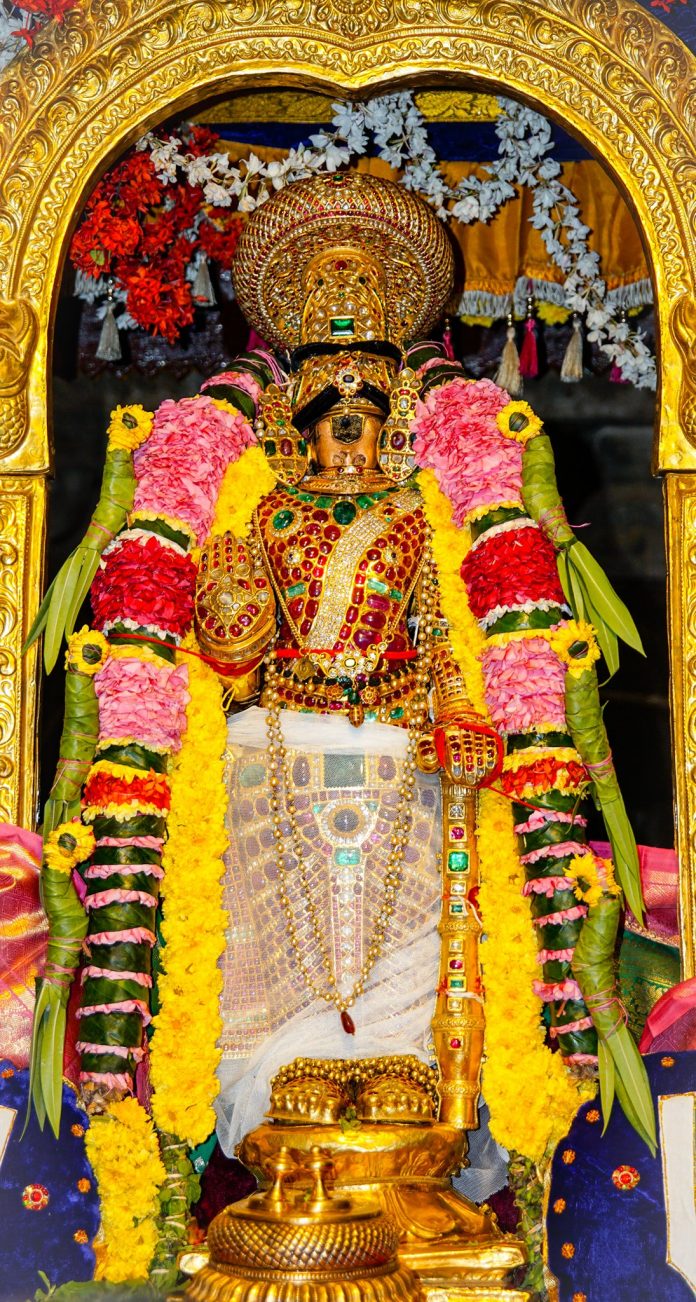
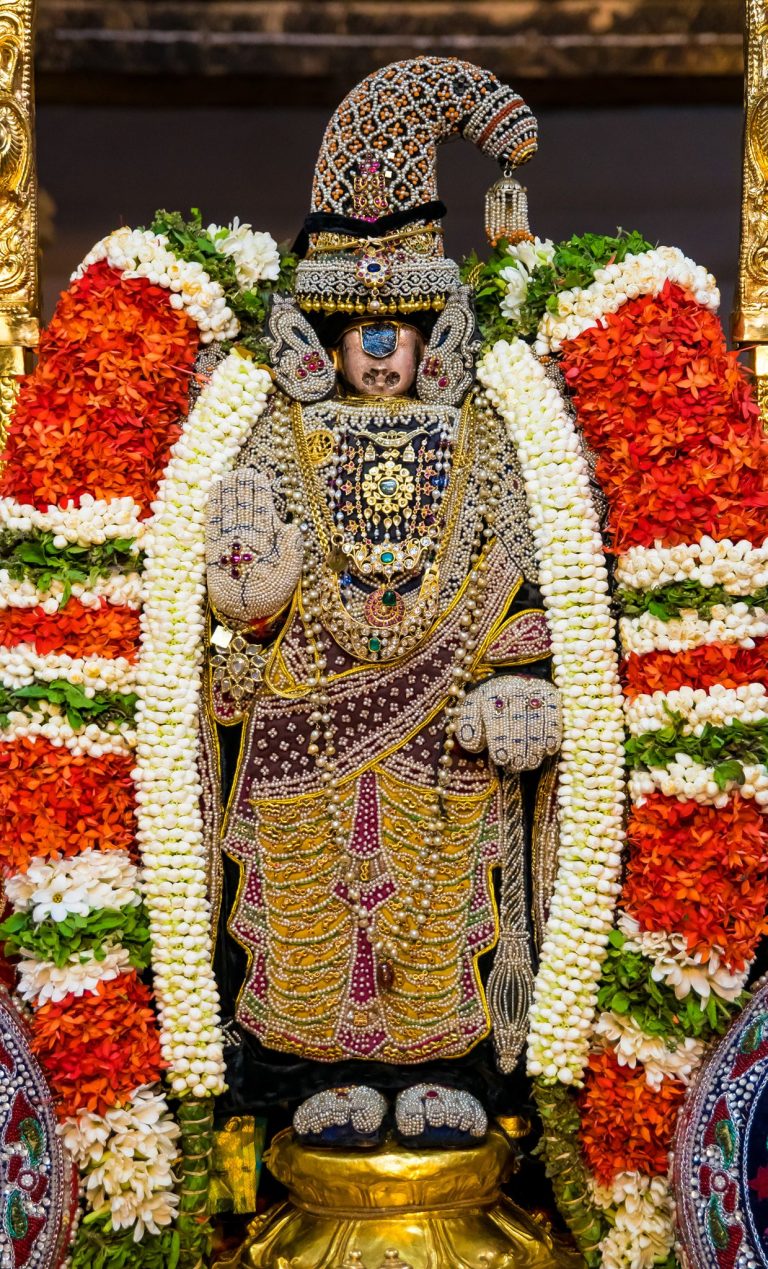
Leave a Reply